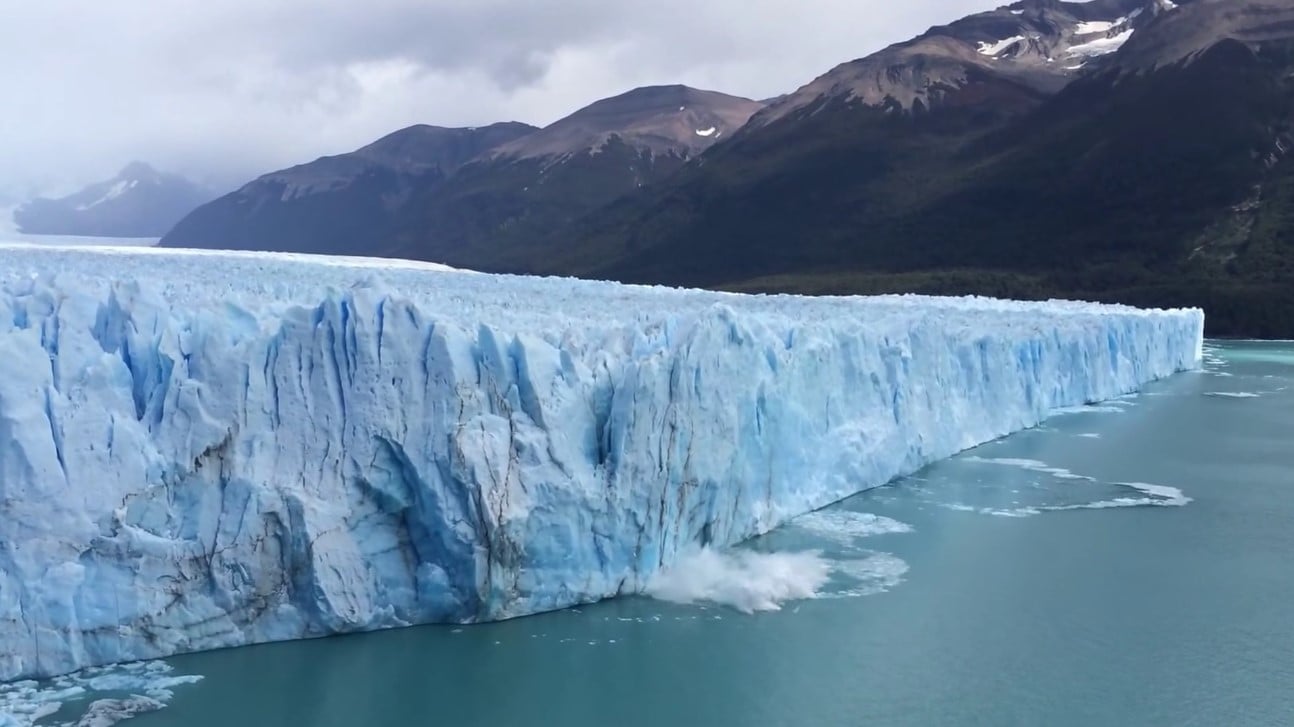Rising temperatures not only threaten to jeopardize marine life due to the loss of oxygen and coral reefs, the temperatures also affect the ice of melting glaciers. The melted water flows into the seas and oceans, causing the sea level to rise and push the seafloor down. This would increase the total height of the water.
Sea levels are usually measured by satellite imagery. According to the study, there is a difference between the measurements by satellites, which use altimeters which can measure the surface of the ocean from the center of our planet, and measurements taken by tide gauges. Tide gauges are instruments that are located at the bottom of the sea and they can measure surface change relative to the bottom. It has measured sea level changes from 1993-2014.
The satellite measurements on the change of the sea levels are off by roughly 8% compared to the measurements by the gauges. However, researchers behind the study, including Thomas Frederikse who leads the study from Delft University of Technology in the Netherlands, explained in the study that only 4% of the measurements could be given to the ocean floor subsiding, as the other 4% is attributed to the sea level rise due to rising temperatures, which causes glaciers to melt, and thus, expand the water causing it to take over more space.
The change is not the same everywhere, as it varies in different regions. For example, there’s more melting glaciers in the northern Hemisphere than on the Southern Hemisphere. The Arctic Ocean has sunk 1 millimeter more per year during the 21-year period compared to the satellite data. On the other hand, the sea levels in the South Pacific rose by 60% less, 0.4 millimeter a year, throughout the same period, according to the study, of which the most recent version of the study titled “Ocean Bottom Deformation Due To Present-Day Mass Redistribution and Its Impact on Sea Level Observations” was published on Monday in Geophysical Research letters.
“The effect is systematic and relatively easy to account for. In a future warming climate, the sea level rise induced by ice sheets will increase, and therefore, the magnitude of the bias due to elastic ocean bottom deformation will grow,” the authors of the study wrote.
Still, even though the ground is sinking in some areas, it is slightly rising in some other areas, such as places where melting glaciers are located by decreasing their weight on the ground.
“The Earth itself is not a rigid sphere, it’s a deforming ball,” Frederikse told Earther. “With climate change, we do not only change temperature.”





